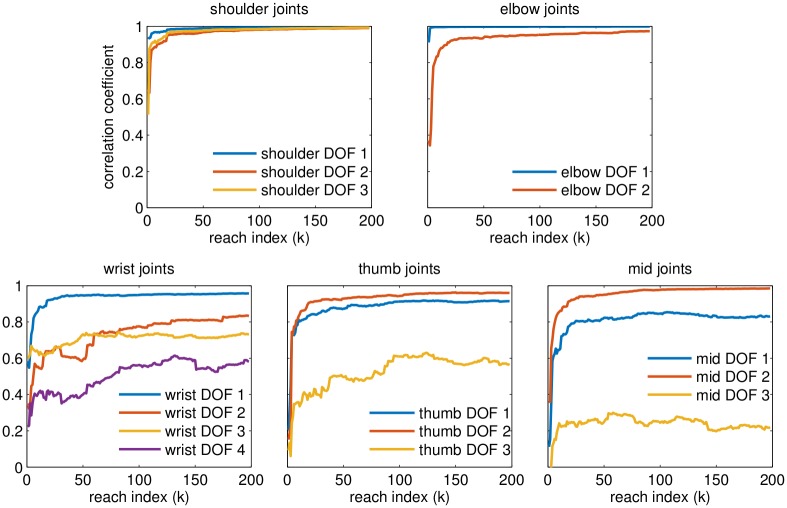Fig 5. Panels depict correlation between “true” encoding model and estimated encoding model parameters as a function of index over reach trajectories (for a single trial).
Each curve corresponds to the correlation for a different DOF. The encoding model parameters are not directly guaranteed to converge. We see, as expected, that the encoding model will improve for specific DOF in proportion to the extent to which those dimensions are relied on to perform the task. Shoulder DOF are crucial for the task, being implicated in most reaches, so are learned rapidly. Wrist and finger joints are relatively less critical for task performance, so are learned more gradually. In the thumb and middle finger panels above, the least well-learned DOF (thumb DOF 3 and mid DOF 3) can be interpreted as the “distal inter-phalangeal joint” (i.e. the small joint near tip of the finger), which is not heavily relied upon in this reach task.

